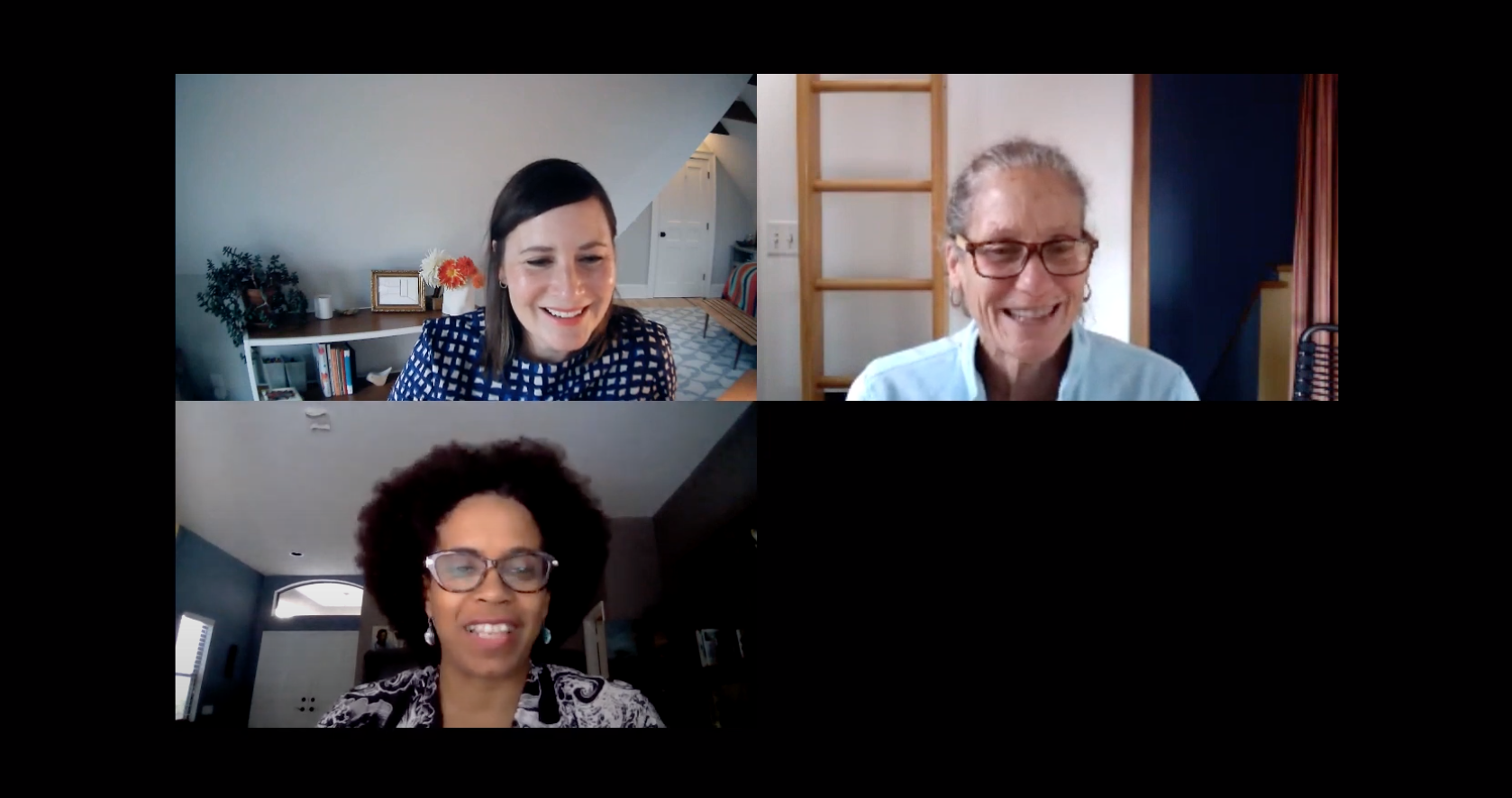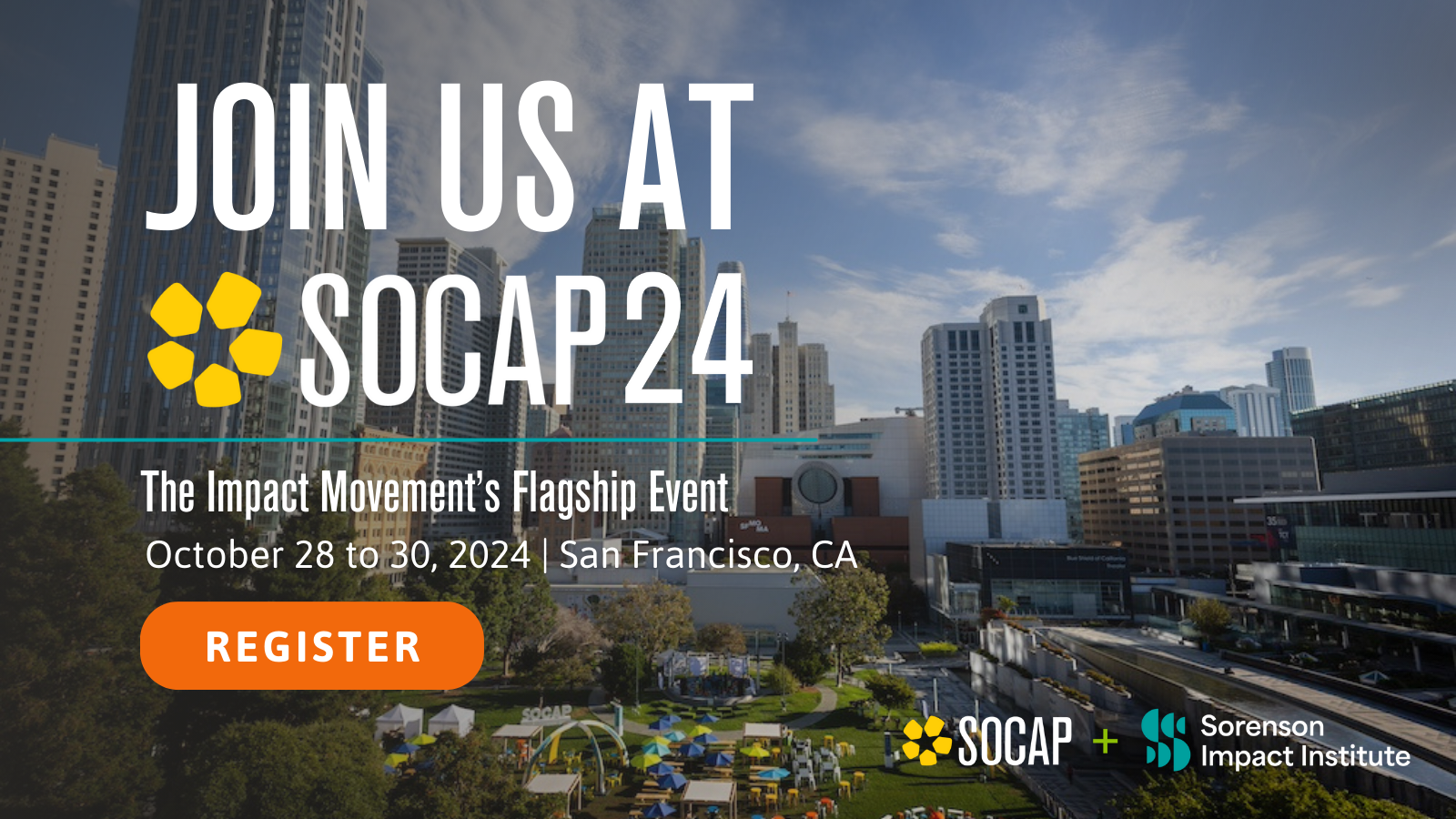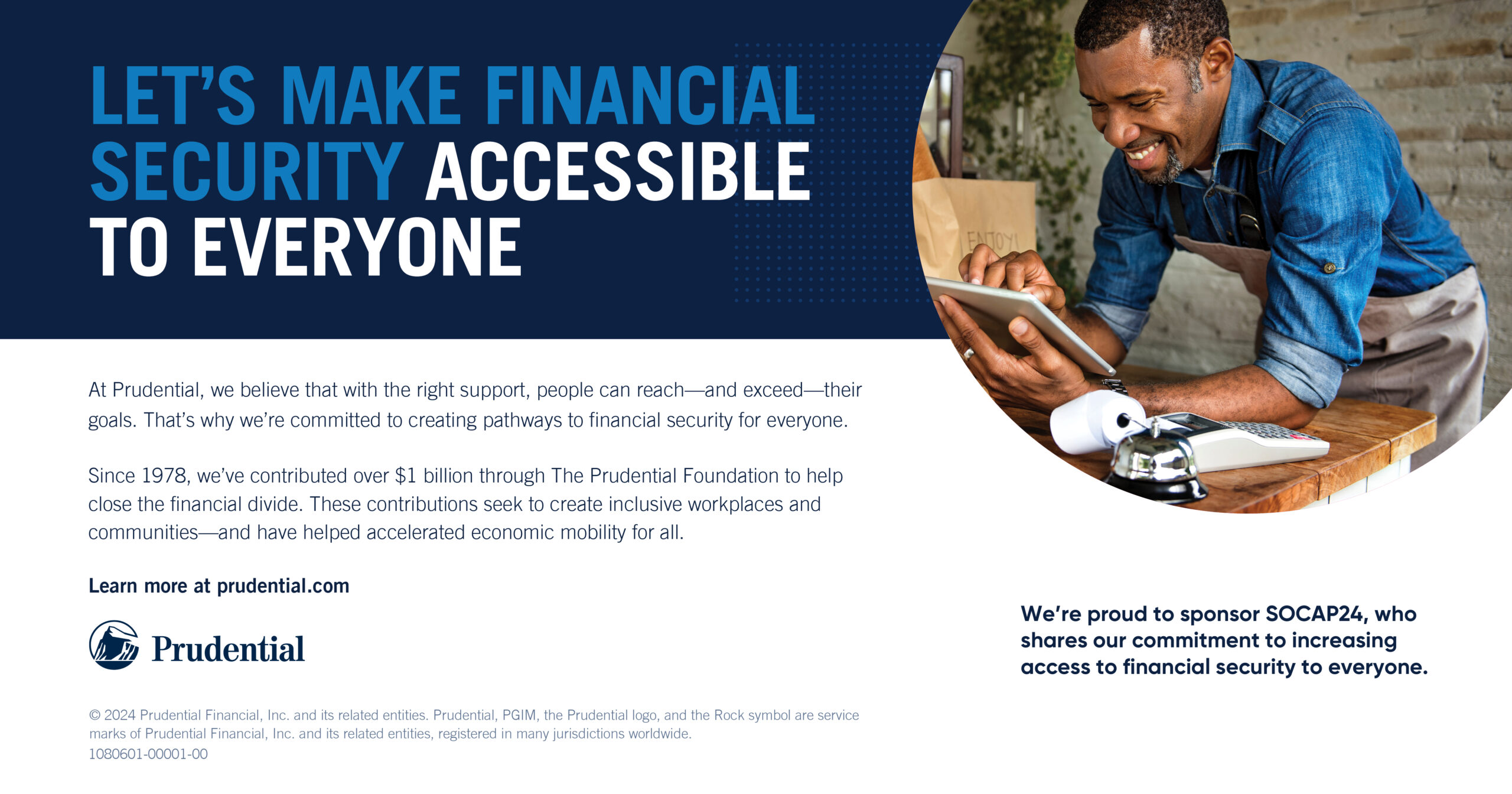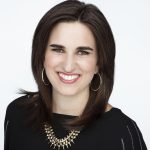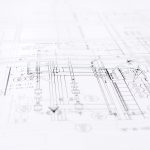SOCAP20 Panelists Discuss Health, Arts, and Investments
There is an increasing body of data that shows the importance of arts and culture to our health and wellbeing. Many cultures have long understood the power of art in healing, and there is clear evidence that our health is improved through social cohesion, a sense of belonging, our civic engagement, and other social determinants.
A SOCAP20 Virtual session focused on how we can more thoughtfully invest our resources toward these goals and in ways that improve community health holistically. A key topic of the conversation was investing in partnerships between artists and those working in public health.
“I’m just passionate about making sure that we continue to make sure that health leaders, community investors, and artists are always in the same conversation about these strategies,” Penelope Douglas said in the session. “I think just that alone really changes the way in which we find those unlikely alliances.”
Panelists included:
- Penelope Douglas, Chief of Strategy and Revenue, Yerba Buena Center for the Arts
- Jamie Hand, Director of Research Strategies, ArtPlace America
- Onye Ozuzu, Dean, College of the Arts at the University of Florida
Watch the session or read the full transcript below.
Watch “Investing Up-Stream: The Healing Power of the Arts”

Watch this video on YouTube
Jamie Hand: Hey, Penelope. How are you?
Penelope Douglas: I’m very well, how are you?
Jamie: Good. Welcome to everybody.
Penelope: Great. Wonderful. Well, you’re really going to have to be a great facilitator now Jamie, but this is a topic that is familiar to you, that I know will do just a wonderful job in the time that we have to chat together.
Jamie: Thank you. I’m disappointed not to have Onye because we had an incredible prep call this week and her background as a dancer and as a choreographer and as a dean of a college brings a wildly different perspective than I have. I think I can start and share some resources with the folks that are here to join this conversation. I am planning to talk a little bit about the work that ArtPlace has done at the intersection of arts and public health and then talk a little bit more about some resources that folks can find.
My name is Jamie Hand. I should have started with that. I am the director of research strategies for an organization called ArtPlace America. We are a 10 year fund, which is actually sunsetting in 11 weeks, not that I’m counting. Our final date is December 31st this year, but we were created out of 16 foundations, philanthropic foundations 10 years ago, essentially to advance the idea that the arts and that artists specifically, which exists in every community in this country, have an incredible power and capacity to shape society and to shift how community development happens.
That means how and where housing gets built, what it means to truly welcome new Americans into a community, how to conceive a water or transportation infrastructure in a way that everyone can not only understand and access, but be inspired by. So, over the past five years, I’ve had the privilege to oversee a series of research initiatives where we’ve done a deep dive into the intersection of arts and culture with other sorts of sectors of community development, other industries, where folks are looking at doing, making change, investing in communities. So, housing, safety, transportation, immigration, environment, and energy, et cetera, and we’ve pulled them apart. There’s a reason why I’m telling you this. We pulled them apart. Not because the work should continue to happen in silos, but so that we can focus on translation and the idea of talking about the value and the function of the arts and language that makes sense to stakeholders in a particular industry.
So, we sort of have pulled these things apart to really do a deep dive into understanding how to talk about impacts, outcomes and values in each of these sectors. All of this background is just to say that of all of the sectors that we’ve investigated — there’s 10 of them — every single person we talk to or interview who is involved in this research thinks that their sector is the overarching umbrella. Their sector is the thing, to which all other work, all other community-based work should roll up.
If I had to put a stake in one of them, I would say that’s actually true for health and for public health. I think the reason why I’m sort of using that as background to say, there’s been such a seismic shift in the public health sector over the last decade, or, I mean, it’s an ongoing centuries long sort of spectrum and continuum, but just in the sort of public understanding of what public health is, and in sort of expansion into the social determinants of health, where every aspect of one’s social, physical, economic, environment, impacts their health because of that, because we’re so focused on sort of a broader definition, there’s sort of, I would say venture to say that there’s a new bottom line in understanding wellness and wellbeing in this country.
I think there’s also a similar parallel understanding that we’re actually, quite frankly, failing the majority of people in our country when it comes to public health in all of this expansive definition and specifically, Black, Indigenous, and people of color in this country.
So, with all of that, arts and public health, we’ve done this deep dive and there’s been an initiative called Creating Healthy Communities, Arts and Public Health in America, that my organization, ArtPlace, has partnered with the University of Florida Center for Arts and Medicine, where Onye is a Dean at the College of Arts there. Just to say that it’s been a two and a half year initiative that has been specifically not just about sort of doing research, most of my work isn’t sort of just pulling up evidence and outcomes, but really field building, bringing in policymakers, practitioners, artists who are doing this work to sort of understand and talk about the language. What’s the power of the arts? How do we talk about the value and sort of make the case to public health practitioners? Jill Sonke, who leads the Center for Arts and Medicine has done an incredible amount of work for over three years. We produced a white paper that frames the top issues in public health that the arts can help with.
I can talk about those a little bit, but that was all my way of sort of getting to how I know Onye and how I was going to tee her up to talk a lot about understanding sort of new ways to define what the arts are and how the arts can impact public health. So, I’ll stop there, Penelope and see if there’s something specifically you’d like me to go into or bring up for this audience in particular.
Penelope: This is a great opportunity for our own performance art, Jamie, as well. We’ll converse as colleagues without practice. I think that’s actually going to be very inspiring for both of us and for everyone. I think the most important thing that I want to say is that someone who cares deeply about making that case, the case for artists to work in service of community and the direct impact they have on the health and wellbeing of communities. Our real interest, and part of the reason we’re so excited about the work that you’ve been doing at ArtPlace and how we can continue that work with the University of Florida, with Johns Hopkins School of Arts and Sciences with others is that we now need to do what others in the world of social investment have perhaps done a little better than we have, but that I think we can quickly catch up to, which is to use some rigor. Rigor doesn’t necessarily mean we all have to become researchers.
It’s how we apply methods in practice, as artists, working in communities, so that we can gather evidence of the kind of impact that the data and research that the University of Florida and you and others have been garnering is pointing us towards. That’s going to require us to gather together around using common approaches and certain ways of having a dynamic method for asking our communities to tell us whether or not they can show us the evidence of the shifts that we know artists are helping create in those communities. Go ahead, please.
Jamie: I want to sort of unpack the idea of evidence, too. Specifically, in the medical fields and in the health fields, in public health, epidemiology and others. There’s a lot of science there, and my background is in landscape architecture. I do not have a formal research background. I have utmost respect for formal evaluation and protocols. I actually have interpreted my charge at my organization over the past decade as almost strategic communications, as much as it is research and sort of creating a call, not a calling card, but a call to arms. So, sort of this language, the idea of the shared language to start the conversation so that then we can, as you say, begin to talk about and cohese around the set of evidence of things that we can start to invest in, build infrastructure around, build practice around.
But, one thing that I think is really fascinating that I’ve learned in this creating healthy communities initiative, we had nine working groups over the course of two years, over 250 people participated again, policy, research, practitioners from a lot of different sectors doing this work to help sort of create language and give language. One of the topics that kept coming up is this idea of like, if public health was working, we wouldn’t have such a problem, we wouldn’t have so much chronic disease, whether it’s poverty driven, trauma driven, or other issues that are creating public health crises in our country. As an arts person, as a person sort of working for an organization that essentially it’s not advocacy, but really trying to create value for the arts.
I go into these rooms thinking we have to make the case and convince people and speak in their language. All of that, almost without fail, every one of these conversations in the public health work, people have said, “You know what? We need help. We’re not doing things right. We need new ways of knowing because the ways that we’re relying on and the scientific method and the randomized control trials and all of the ways that are sort of part of the system of public health aren’t enough.” Which again, it’s critical. I’m a science believer. This is all important. There was, for me, a surprising humility and enthusiasm, and sort of a readiness for new ways of doing things and for new ways of connecting with people on a human level, on an emotional level, whether it’s an individual or whether it’s at the community scale.
So, in the context of public health work, in the context of public health outcomes, to me, it’s not just about sort of answering the call to fit into the exact kinds of evidence or the exact kinds of outcomes that they’re used to relying on and needing, but also starting to sort of say, “Well, hey, we’re actually seeing progress. And we’re seeing outcomes that sort of, you haven’t even thought of, or aren’t even measuring yet.” We know that we’re able to create connections in a community through the programming that we do in the arts. We have to play the game a little bit, but I’ve been surprised. I’ll just say that there’s an openness and a willingness to new ways of doing things in public health.
Penelope: That’s very reassuring. That’s really encouraging. I’m very optimistic too. I’m hopeful, I should say. I like the word hopeful better, probably because it’s more action oriented. I think it’d be really interesting to talk with you a little bit more about what you think will be the best ways to make that bridge between, because I think many artists that we work with, and when I say we, I mean at Yerba Buena Center for the Arts, but I think for you too, at ArtPlace, they have made a strong connection. They actually are already partnered with perhaps their public health center or with kind of those who are in a very, as someone was saying in a prior session, they may not identify themselves as healthcare workers, but that’s what they are.
There are Black and Indigenous artists who were actually doing kind of primary responding kind of work. So, do you have thoughts about the ways in which we, as organizations that are really trying to help create those bridges between these powerful artists and those health leaders who say, “I need help,” about more that we can do, specific ways that we can be allied? Have you got thoughts about that?
Jamie: Yeah. I mean, this is the blessing and the curse of working at a sort of national scale and as an intermediary the thing I’m best at is pointing out other examples, right? Where people are doing it. So, I sort of default to saying like, “well, you need to talk to so-and-so right?” So, the City of Providence has an incredible community of health workers that are artists that are out there doing it. The State of Rhode Island has a partnership between the state health agency and the state arts agency. They’re building out that infrastructure, now. So, I think the folks that are leaders in the field such as Yerba Buena Center and the partnerships that you all have, such as the State of Rhode Island and the City of Providence, like how do we actually create learning amongst and between the folks who are actually in the lead doing it so we can not troubleshoot, but start to talk about sort of what are the hiccups that happen, whether it’s basic things related to partnerships and understanding priorities. But, also I think some of the systems within which you’re trying to work.
Penelope: Let me keep that thread going. There’s Onye. Let me finish my sentence and then I’ll completely turn this back over to the two of you. We were just talking about building bridges, Onye, as you probably might’ve heard.
One of the things we’re excited about at YBCA is, for example, in the City of San Francisco, thanks to Debra’s leadership here and all of our work, she is interested in partnering with us to create an artist’s corp, basically an action oriented group of public health ambassadors, but coming from the artists sector, understanding how well artists really know how to engage with the public to create health messages.
And of course, the University of Florida has a tremendous body of work about this, that stems back to the Ebola crisis and others, and how effective that work was, how transformative. We’re seeing opportunities now to do that in replicable ways for the City of San Francisco, potentially also in the State of California. So, that’s one way in which we’re not only employing artists, of course, but also building a bridge between the sectors because by just the real-time activity of artists and service of health and the health sector, and being so interested in making sure that those messages are delivered to our population at large, that’s a natural way of bridge-building.
What I think we can always do better at is making sure that we’re documenting that in some way, cataloging, and making sure again, we’re gathering evidence and not just doing the great work that artists always do.
Onye, hi. I jumped in as the very poor substitute. I was about to talk about our work to start to develop some outcomes-based research work with the University of Florida. So, I will be very quiet now and turn it over to you. I’m so glad that we got you on here.
Onye Ozuzu: So, sorry that it took me a minute to figure it out. I think the University of Florida has some very aggressive security measures, and so it would not let me on. So, Jamie, what can I contribute?
Jamie: One of the things that Onye and I talked about sort of teeing up is not just for this audience, but in general, the sort of why it’s so important to have such an expansive definition and sort of understanding on the function of art. Onye, I already sort of talked about the fact that you are a dancer and choreographer, in addition to a dean, in addition to the work that we’ve done together, but maybe we can learn if you want to share a little bit about how important that is right now, to sort of get to this idea of what the answer is, what artists are going to for doing for public health.
Onye: Absolutely. Yeah. So, I came into the arts through dance. I was always in community practice from the very beginning here in Florida, as a West African dancer and working in communities, dancing in churches and funerals and having a perspective of dance as part of community practice. As I went into studying dance more as a professional, becoming a professional, the scope or the context narrowed onto the stage. I always felt that there was something in that that was a loss and much of the sort of advocacy work that ended up getting me called into administration came because I was sort of always trying to punch back the walls of the page, the stage, the frame that capital “A” Art always wanted to put us in, in the context of the U.S., because what I could see was that the way that art exists in our multicultural, many cultured context was so expansive.
Art does exist powerfully on stages, on pages, in frames, in galleries, and it exists on streets and on street corners and on the walls and on the underside of bridges and in restaurants and in the after party where families dance salsa and as a Cuban restaurant closes down or in the way that things get resolved in the b-boy community, in the midst of a battle that happens in a club and that many of the most profound community building, transformative effects of art were happening way outside of the places that we were transacting art. As we expand our definition of art, we include so many other communities of practice beyond the ideas of sort of being the highly skilled, the most highly skilled practitioner that everyone comes to see. Being someone who’s skilled, for instance, at getting everybody up and out of their seats to participate is also a skill that furthers the impact that the arts can make in the community.
That expansive definition, then widens our lens to see where it’s all happening and where it has traditionally happened, in churches and in the singing and dancing practices of Yoruba, diaspora religions in Philadelphia, for instance, that have lasted and persevered in those communities for generations. My dad is from Eastern Nigeria, and there’s a phrase in our culture that says, one man’s meat is another man’s poison. I always extend that to like one man’s meat is another man’s poison is another man’s art is another man’s religion is another man’s science is another man’s politics is another man’s magic. When we start to understand and see, then we, in the College of the Arts and the Center for Arts and Medicine, understand what communities we need to go to learn from and to share what we’re learning, so that we can become a highly nuanced network of practitioners that can interface with this emerging, epidemiological data driven evidence of the impacts that are actually happening.
So, I think that we can start to then take all of this, all of these many cultures of practice into a future where we understand that when I show up at a hospital with anxiety and headaches, that a prescription for a pottery class may be the thing that I need. And in the activation of that, those layers of networks, we can collectively, as a society, save money, get better outcomes and have your local neighborhood artist be a key provider of a fully and holistically well-lived life by the standards of many of our grandmothers.
Jamie: So, I’m going to just pose another question for either of you to answer. I think you both know more about it than I do, but in terms of the infrastructure to support what you’re talking about, Onye, and sort of what this vision is. What are some of the policy things? What are some of the investments that can be made now to get us to that point? Again, I was talking about making the case and sort of building a shared language around it, but something like I’m going to plant the seed. Social prescribing is happening in the UK, in Canada. What would it take to have that here? What do we need to do now? What does an audience like this need to be thinking about now?
Onye: Well, social prescribing, that was kind of what I was referring to when I talked about showing up at a hospital with anxiety symptoms. In the UK, some of our partners have participated in a process that led to that reality. One of our partners has been doing work on epidemiological models, looking at large cohort data, which looks at data and can show correlations in a very specific way between arts participation and very particular phenomenon like inflammation, for instance, or heart disease over the course of long periods of times, over large numbers of people. The correlations were so strong that they were able to then move what we call moving the policy needle. They were able to move the policy needle in order to set up a structure where individuals, like myself that might show up in the hospital with anxiety symptoms could be referred to a person that’s called a concierge, like an arts concierge. And the concierge is someone who would be a concierge for a social prescription. So, I have a social prescription to go and participate in some sort of participatory art form.
The concierges are trained to sort of intake me, interview me, ask me questions about who I am, how I live, what kind of time I have, what my interests are, and then kind of match me to an arts practice that would match my prescription and my needs. A structure like that delivered outcomes in the UK, where they were finding that as a whole, their costs were going down because the cost of moving a person with average lack of sleep and anxiety symptoms through the medical system were much higher than diverting me to a concierge that landed me in my pottery class. That example is, I think, a model that we are in the process of beginning to work, to step down the paths, here in the United States and at the Center for Arts and Medicine. We are going to start working at our epi arts lab, which is about to launch, on a large set of data that is available here in Florida, which will be the first U.S. Epidemiological study of that scale.
So, it just takes a partnership between entities like ours, who do the academic research and entities that can move the needle in terms of insurance companies and the healthcare system.
Jamie: Yeah. That actually gets to one of the questions in the chat, that I see from Dale Radcliffe. “What are some surprising relationships with non-traditional art partners in culture that make sense from a community health standpoint? Or to reframe it, if you’re starting a community health project in a new city, who are the essential stakeholders?” I’ll just add just really quickly to the example I used about the City of Providence that is sort of explicitly led by the city’s local arts agencies. So, if you’re not familiar with it, there’s a network and a system of local arts agencies at the municipal level, state arts agencies at the state level that is sort of the arts infrastructure in this country. If you’re coming from the public health side, check in with them. If you’re doing hyper-local work at a neighborhood scale, like look for the local community art center, understand who’s doing the program, who already exists because often those entities, those organizations have strong partnerships with the community and already know the community.
I can list a lot of examples. What I’m going to do is drop some more links in here. Another piece of the work that came out of our partnership with the Center for Arts and Medicine was a series of resources specific to COVID-19 and sort of the arts, what we’re calling the arts response, so the way that artists were sort of showing up in their communities and the way arts organizations were showing up and sort of providing relief, providing processes, providing a lot of different things in response to COVID. So, not how we can support artists, which is also an important question right now, but specifically how to start a collaboration. So, I think it would actually have some material, whether we’re talking about the pandemic or longer term, I think it’s relevant. So, I’ll drop those in the chat, too. I don’t know if Penelope or Onye want to add more.
Penelope: I’m just passionate about making sure that we continue to make sure that health leaders, community investors and artists are always in the same conversation about these strategies. I think just that alone really changes the way in which we find those unlikely alliances. I’ve so many times found that it’s the conversation the artist has with the health leader that exposes an alliance that neither had thought of. And one of them may be working in that partnership and the other isn’t, or they may each be close to that partner, that ally, but they’ve not made the connection to the kind of upstream benefit of making sure that we’re focused on health and wellbeing and community. So, I have lots to say, but I think we’re out of time.
Onye: One thing that I wanted to say as someone who’s an arts educator is that at the intersection of these kinds of conversations, we get to move past the idea of artists needing to be supported and we get to live in the reality that artists support society.
Penelope: Absolutely.
Jamie: Thank you. Really appreciate it. Thank you everyone.
